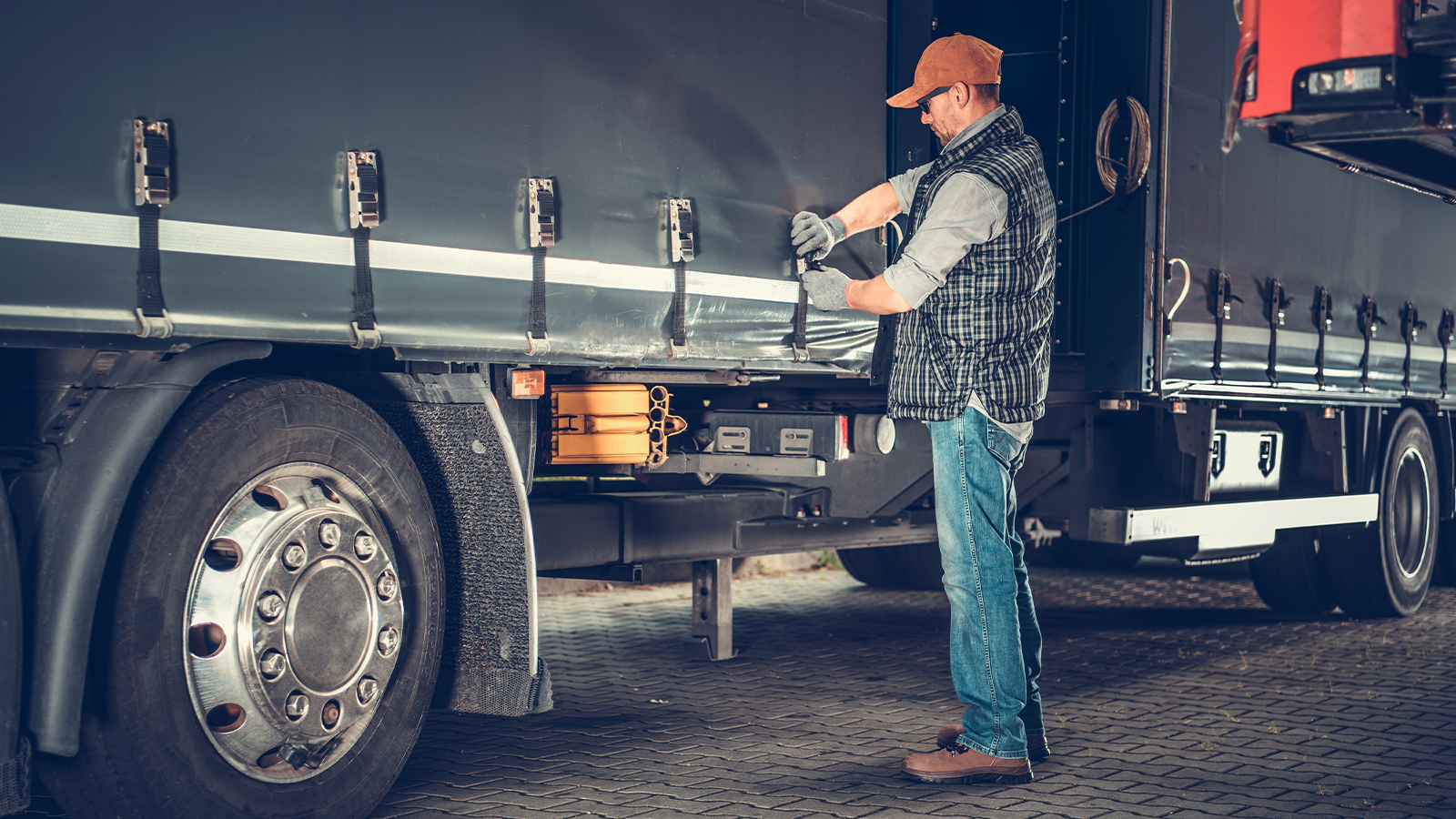
How to Protect Yourself Against Cargo Claims
September 19, 2022 4:37 pmThis post was written by: Mike Murtaugh
Cargo claims require diligence in documentation for motor carriers to reduce their liability. Understanding coverage nuances including common exclusions are critical as well.
The global financial impact of cargo loss exceeds $50 billion annually. That makes every load that leaves a dock unchecked and arrives on the receiving end unverified susceptible to a loss.
While cargo claims are often straightforward and always include an investigation if a load is damaged, there’s still a common misconception associated with them: Drivers can not assume they are in the clear once a bill of lading (BOL) is signed after arriving at the shipper.
How can truckers reduce their risk of cargo claims?
Preventing or mitigating cargo claims takes a proactive approach. Here are three ways to keep loads in check and liability at a minimum:
- Document, document, document. A simple way to prove that your load was delivered unscathed is to take photographs of the goods before you leave and upon arrival at your destination. If an incident occurs while en route, document that as well because everyday interactions on the interstate can affect the condition of a load. Ultimately, the best way to minimize liability is to document anything that should happen, and those things that are out of the ordinary that could impact or jeopardize a load.
- Check the BOL. Prior to leaving, truckers should review the BOL against what has been loaded on the truck to confirm they match. If not, find out why and rectify the situation before departure. Verifying the BOL can help prevent unnecessary claims.
- Trust, but verify. Whether you’re hauling a flatbed, dry van, or reefer load, it’s important to check the BOL and comply with the rules on how to secure each type of load to prevent damage and avoid a claim. Flatbeds need to be properly tarped to avoid spilling cargo while en route since the goods are on an open trailer. Drive van loads should be secured and include proper padding such as airbags prior to departure. But with reefer loads, it’s all about temperature. Confirm the refrigeration unit is on, set at the right temperature and working properly before transporting goods. Upon arrival, make sure all cargo is removed prior to turning off the refrigeration.
Simply walking around the vehicle and checking the load can save thousands of dollars in claims and reduce your liability significantly. While doing so, use your camera phone to document what each load looks like, which can help prove the cargo was delivered as it should be.
The importance of rightsizing your coverage
Auto liability and cargo insurance typically have $100,000 limits, but it’s easy to exceed that amount with two or three palettes. Many cargo policies apply this limit to the total claim. In other words, if damaged cargo totaled $90,000 and clean up and disposal cost $20,000 the total cost of the claim would be $110,000 leaving you with a potential exposure of $10,000 personally owed.
A smart way to lower the risk of cargo liability claims is to review and explore cargo coverage options and exclusions with your insurance broker to make sure you are sufficiently protected. Making a policy change to your insurance now is often simple — a lot more simple than a cargo claim you can’t afford.
Consider the following common cargo exceptions:
- Broad-form coverage. Just because the certificate of insurance (COI) says you have cargo coverage, that doesn’t mean it’s broad-form coverage. Ask before you grab offload boards and lean on your agent and the agency for confirmation.
- Refrigeration endorsement. Loads that are subject to cold climates have endorsements that must be written on the policy for a trucker to haul it. But even if you have refer breakdown coverage, exclusions may apply. For example, many policies will exclude high-value commodities such as seafood.
- Non-ferrous metals. Policies sometimes exclude non-ferrous metals such as copper, aluminum, or gold, so make sure you have the right coverage for what you are hauling. Provide details about the metal being hauled to the underwriter since the value of loads can vary.
Shippers, receivers, and truckers generally have six to nine months to file a claim even after the BOL has been signed. If a broker calls and reports that a claim has been filed, don’t panic. The insurance company has the duty to defend the policyholder. And the efforts you make to document your preventative measures can help deflect any claims that come in.
Reach out to The Paladin Group for help with your cargo coverage.


